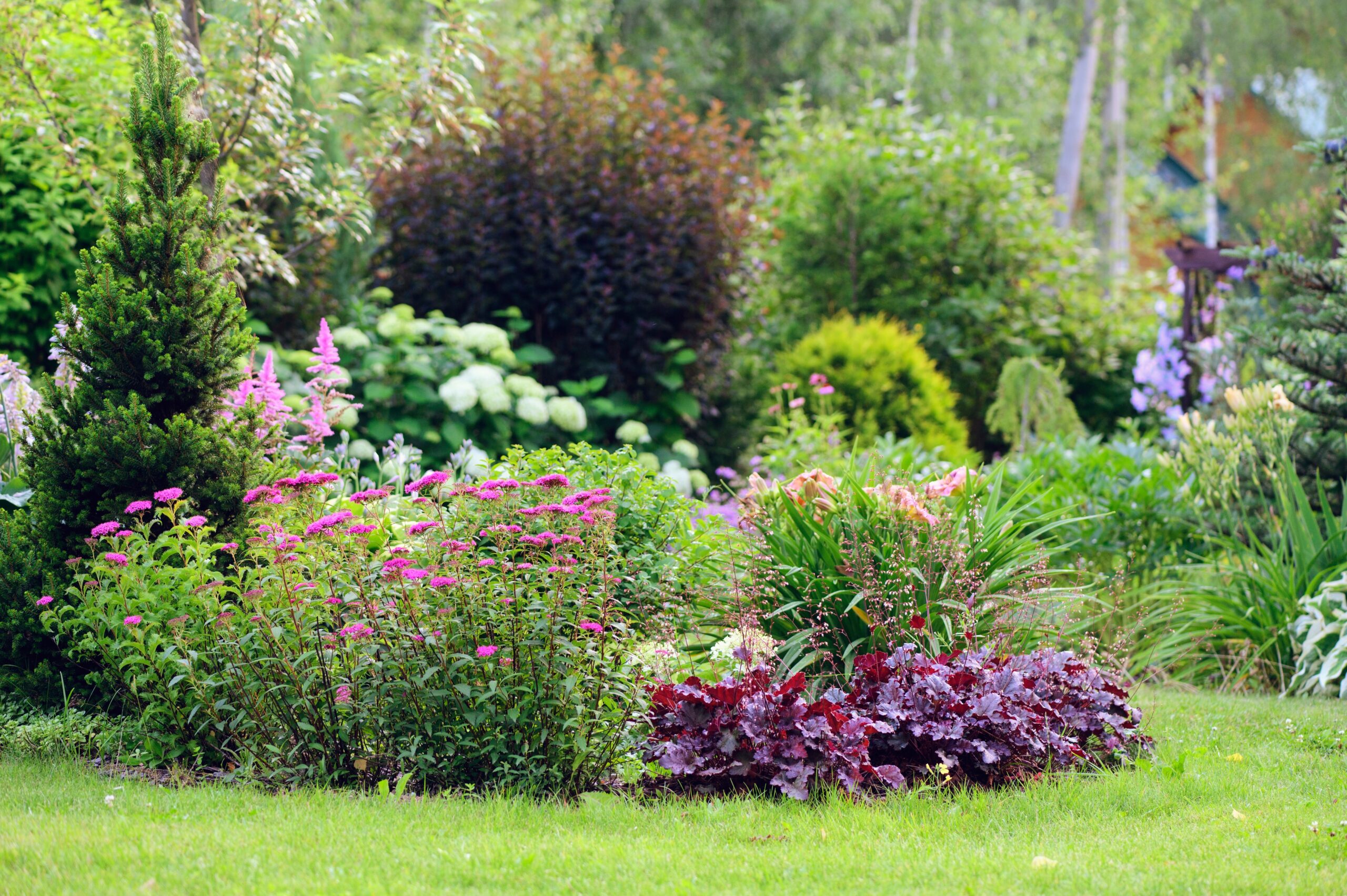by Caitlin O’Donnell
A garden can add so much to a home. Gardens can be excellent sources of fresh produce, exercise and bonding between loved ones. Plants improve air quality and provide food and shelter for wildlife. Although many people enjoy gardening, it can be frustrating to start over every year, which will be the case if the gardener has only planted annuals. However, perennials return every year, which saves gardeners time and money.
The best plants for a garden vary based on location. Plants that are native to an area typically thrive more easily because they are better suited to the conditions. With that in mind, perennials tend to be hardier and more able to withstand a wider variety of conditions. The USDA has divided the country into hardiness zones, which advise gardeners on which areas a plant is likely to thrive. Gardeners can find out which hardiness zone they live in at https://planthardiness.ars.usda.gov/.
The following are some perennials to consider that thrive in most of the country:
Native to the United States:
Coneflowers
Native to Eastern U.S.
Hardiness zones 3-9
Notes:
- Attracts butterflies, bees and songbirds.
- Used in many Native American medicines.
- Drought tolerant.
- Full-sun, well-draining soil.
- Rabbits may eat coneflowers.
Black-Eyed Susans
Native to Northeastern U.S.
Hardiness zones 3-9
Notes:
- Attracts butterflies and birds. Popular with wildlife, but deer-resistant.
- Full sun.
- Do not water leaves.
- Not all varieties are perennials.
Goatsbeard
Native to Central and Eastern U.S. and Western Europe
Hardiness zones 3-8
Notes:
- Can live 100 years, according to Farmer’s Almanac.
- Partial shade (Can live in full sun if watered correctly).
- Deer resistant.
Asters
Native to the U.S.
Hardiness zones 3-8
Notes:
- Full or part sun.
- Attracts butterflies, particularly Monarchs.
- Deer resistant.
- Birds love to eat the seeds.
- Well-drained, loamy soil.
Bee Balm
Native to the U.S.
Hardiness zones 3-9
Notes:
- Full sun.
- Attracts butterflies and hummingbirds.
- Moist well-draining soil.
- Native Americans and early colonists used bee balm in many medicines.
- Often used in teas. Flowers are edible.
Nonnative:
Daylilies
Native to Asia
Hardiness zones 4-9
Notes:
- Attracts butterflies.
- Drought tolerant.
- Full sun.
- Well-drained soil. Only needs about an inch of water per week once established.
- All parts are edible.
Peonies
Most are native to China. Brown’s Peony and the
California peonies are native to the U.S.
Hardiness zones 3-8
Notes:
- Deer resistant.
- Full sun.
- The petals are edible.
- Doesn’t do well if moved, but in one spot, can thrive for generations.
Food Plants:
Asparagus
Hardiness zones 4-9
Notes:
- Full sun.
- Takes 2-3 years to produce sustainably, but after that, can produce for decades.
Strawberries
Hardiness zones 2-10
Notes:
- Full sun.
- Must be rotated or have soil amended every growing season.
- Cutting off blooms the first year will lead to a better yield the following year.
Grapes
Hardiness zones 2-10
Notes:
- Can last up to 30 years if kept pruned.
- Needs lots of air circulation and loose soil.
- Full sun.
For extensive information on planting, caring for or diagnosing problems with any of these plants, visit almanac.com.








Leave A Comment